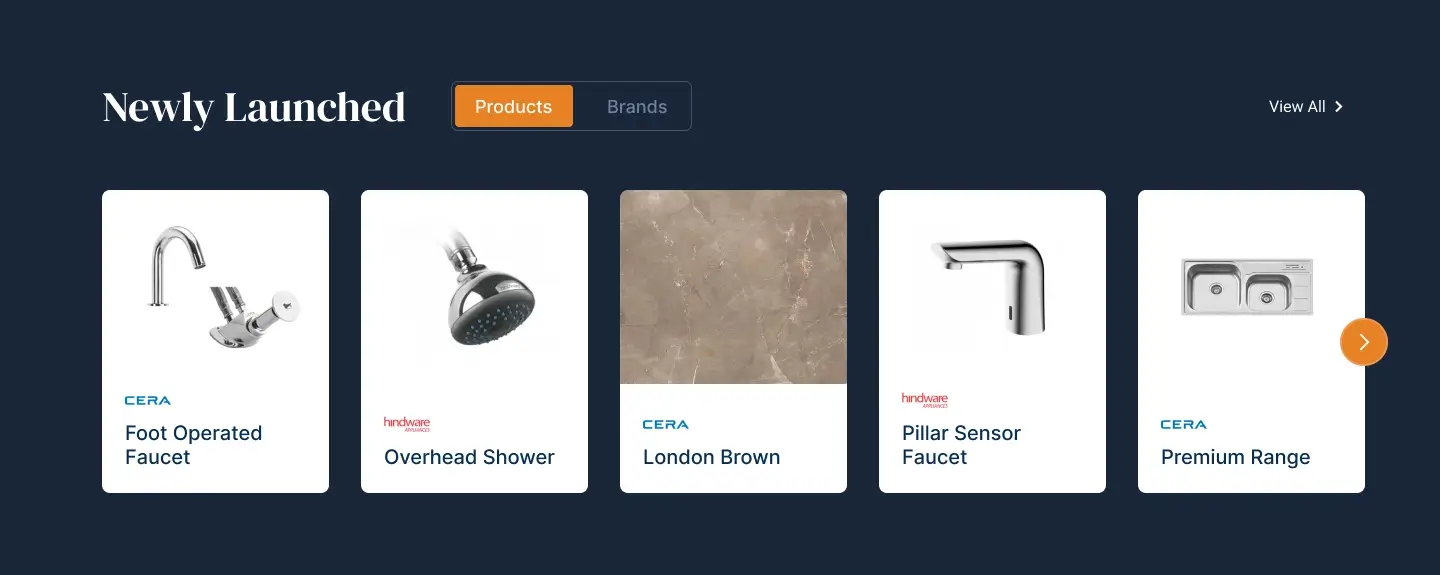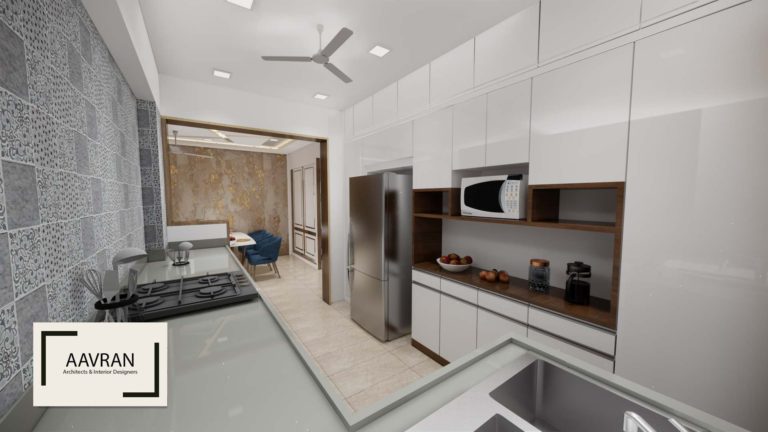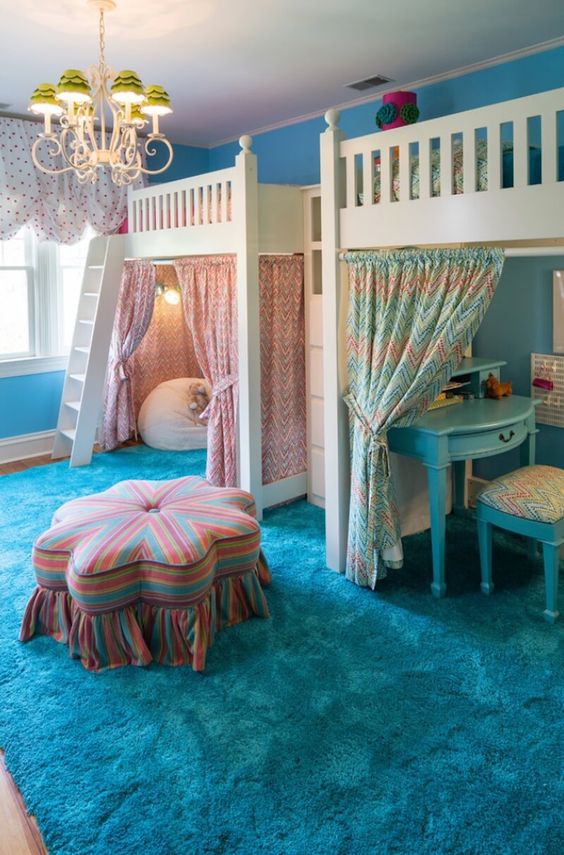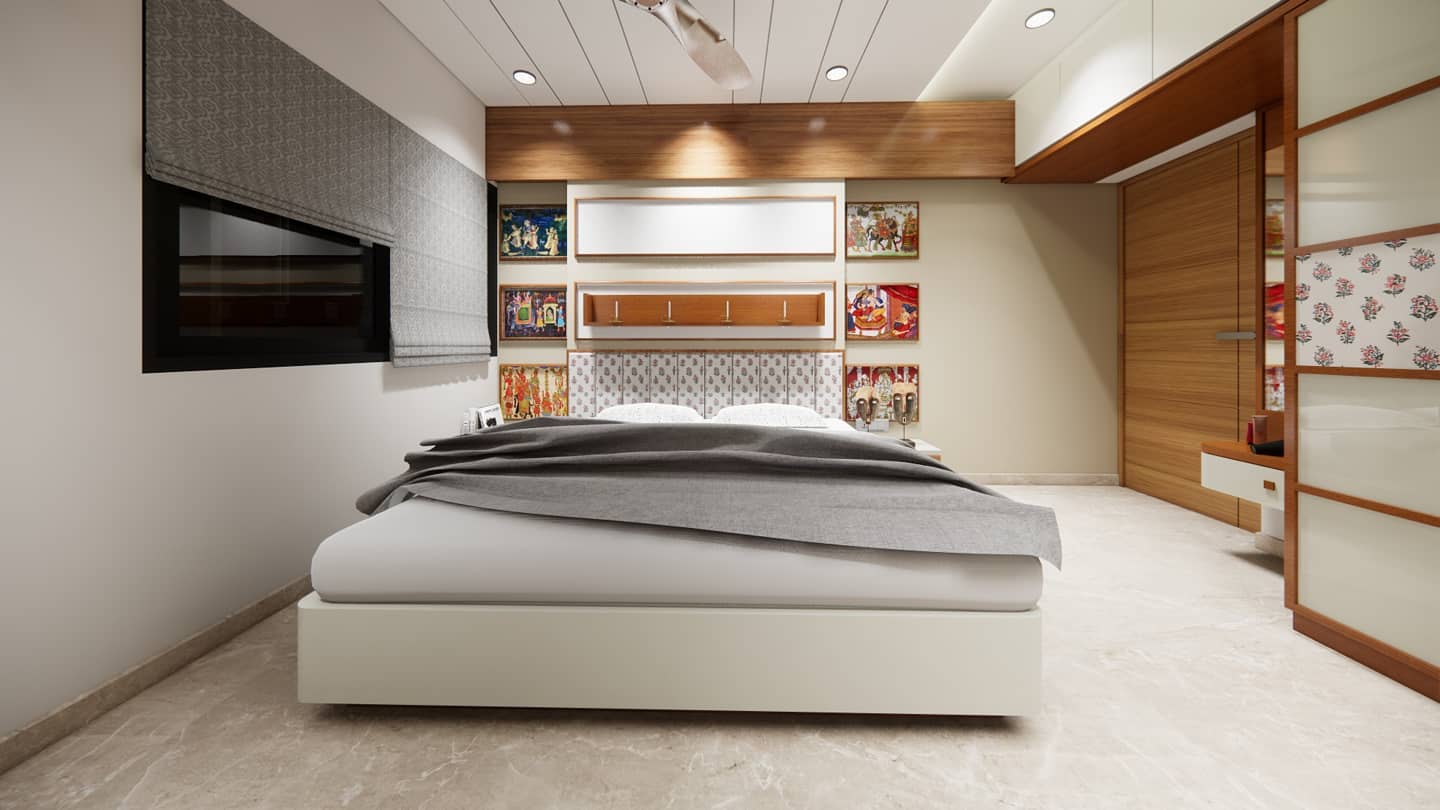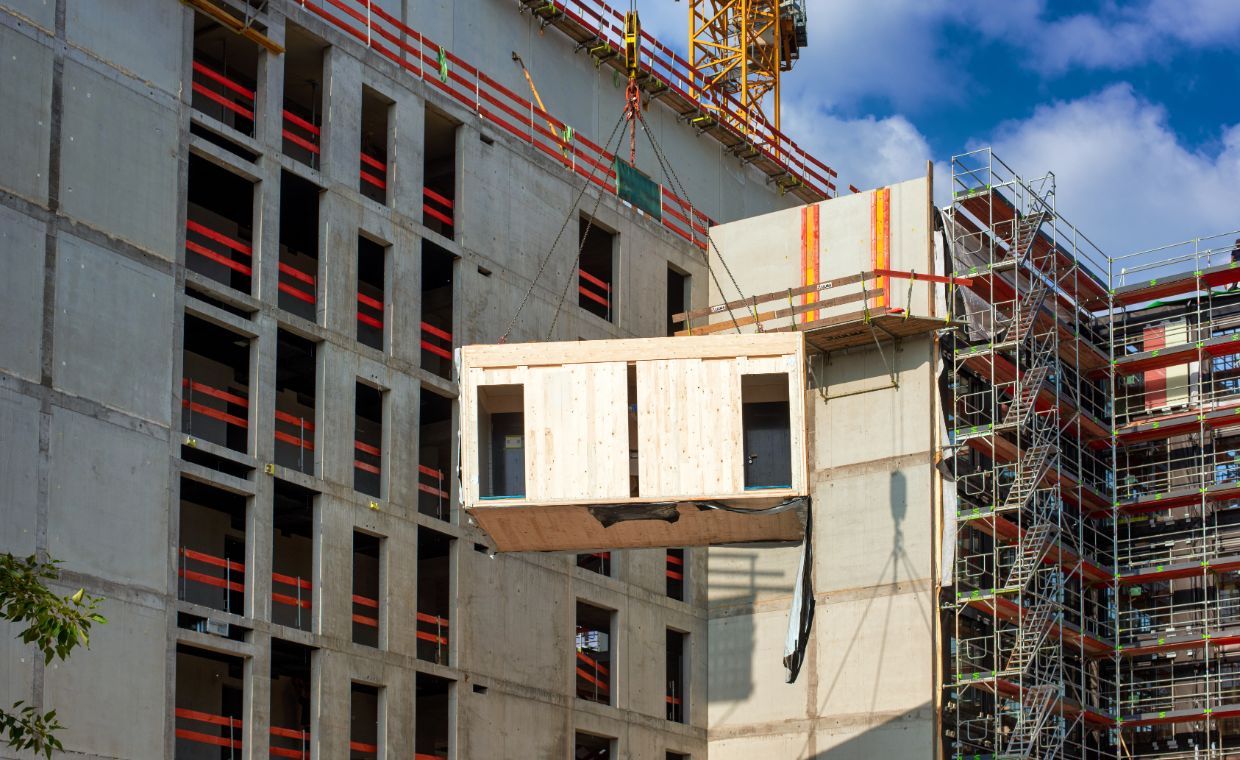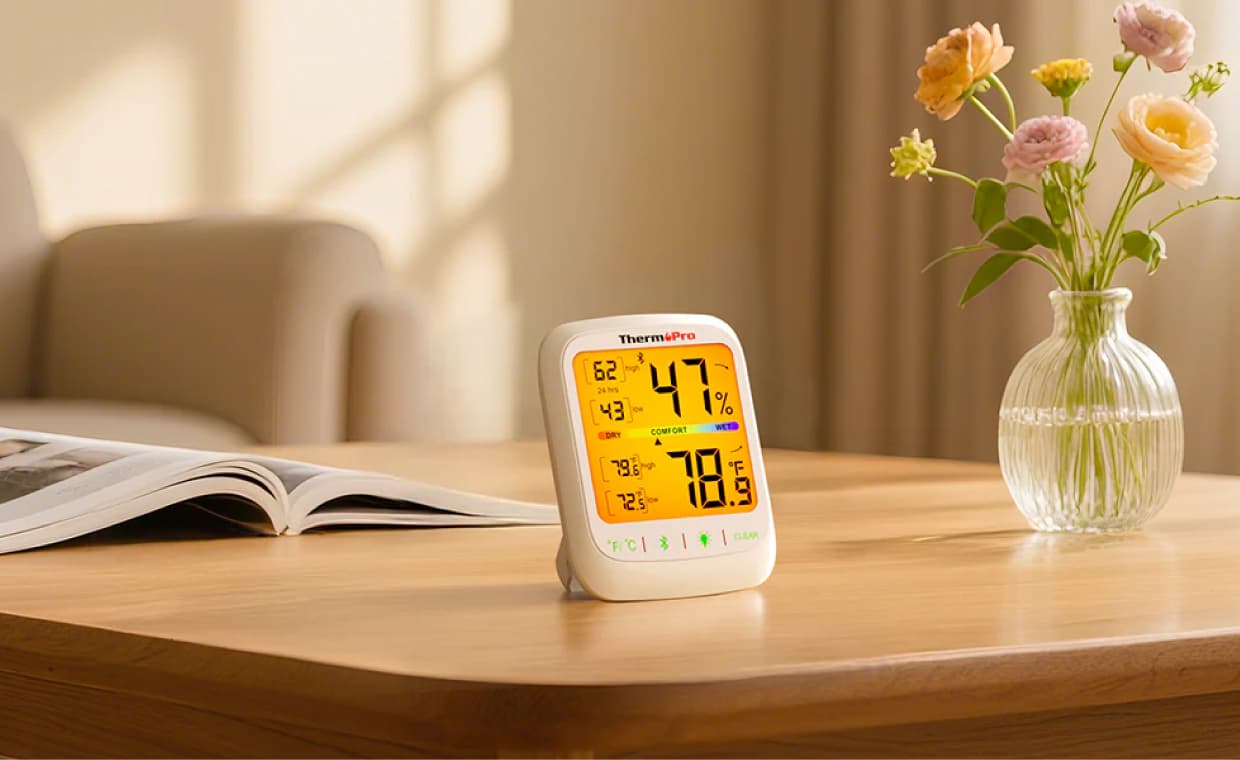
Table of Contents
Quick Overview
Here is the quick summary on how to prevent mold growth with proper temperature control:
- Mold grows in warm (77-86°F) and humid (above 60%) environments, especially in poorly ventilated areas.
- Common Mold Causes: Leaks, poor ventilation, condensation, HVAC misuse, and indoor moisture from daily activities.
- Prevent mold by monitoring indoor humidity and temperature using tools like the Bluetooth Indoor Hygrometer Thermometer.
- Additional Prevention: Improve ventilation, fix leaks, use dehumidifiers, insulate cold surfaces, and dry wet areas quickly.
- Real-time monitoring helps detect and address mold risks promptly, protecting health and property.
For many homeowners, mold is more than just an eyesore. It can damage your property, reduce indoor air quality, and even trigger health problems like allergies and asthma. The frustrating part? Mold often grows silently, hidden behind walls, under carpets, or in poorly ventilated areas. By the time you notice it, the damage may already be extensive.
The good news is that mold growth is preventable. One of the most effective ways to reduce your risk is by controlling your indoor temperature and humidity. With the right knowledge and tools, you can keep your home mold-free and comfortable for your family. Let’s understand how to prevent mold growth with proper temperature control.
Why Mold Loves Warm, Humid Environments?
Mold thrives when two conditions are present: moisture and warmth. In general:
- Mold begins to grow when humidity levels rise above 60%.
- The ideal temperature range for mold is 77°F to 86°F (25°C to 30°C).
- Poorly ventilated rooms, such as basements, bathrooms, and laundry areas, are especially vulnerable.
If your home provides this combination of warmth and moisture, mold spores can quickly spread across walls, ceilings, and furniture. That’s why monitoring and managing indoor conditions is the first step toward prevention.
Common Causes of Mold in Homes
Even well-maintained homes can develop mold if certain risk factors are present. Some common causes include:
- Leaky Plumbing or Roof: Persistent leaks create damp surfaces perfect for mold.
- Poor Ventilation: Bathrooms, kitchens, and basements without adequate airflow trap humidity.
- Condensation: Cold surfaces like windows or uninsulated walls collect water vapor.
- Improper HVAC Use: Running air conditioners without dehumidifiers may reduce temperature but leave humidity unchecked.
- Everyday Activities: Cooking, showering, or drying clothes indoors can increase indoor moisture levels.
Understanding these triggers helps homeowners take proactive measures before mold has a chance to spread.
How to Prevent Mold Growth at Home?
1. Monitor Indoor Temperature and Humidity
The first step is knowing what’s happening inside your home. Many homeowners underestimate how quickly humidity can rise, especially during summer or rainy seasons. Using a hygrometer thermometer allows you to track both temperature and humidity in real time.
- Ideal indoor humidity: Keep it between 30% – 50%.
- Ideal temperature: Keep indoor temperatures below 77°F (25°C) whenever possible.
If you’re looking for a reliable way to keep mold away, the ThermoPro TP359 Bluetooth Indoor Hygrometer Thermometer is an excellent choice. Designed for modern homes, it offers powerful features that make monitoring easy and accurate:
- High Accuracy: Provides precise temperature and humidity readings, so you always know your home’s exact conditions.
- Bluetooth Connectivity: Syncs with your smartphone, allowing you to check readings from anywhere within 260ft range.
- Data Tracking: The ThermoPro app records trends over time, helping you spot patterns that could lead to mold.
- Alerts & Notifications: Receive instant alerts when humidity or temperature moves outside your preferred range.
- Multiple Placement Options: Compact and stylish, the ThermoPro TP359 can be placed in living room, bedroom, basement, nursery, kitchen, cellar, and more spaces.
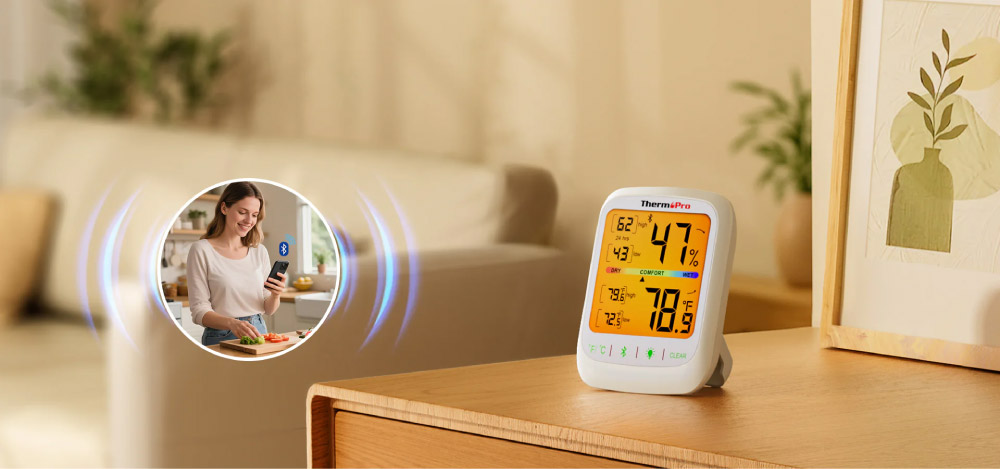
Courtesy - shopify
What makes this device especially valuable is the peace of mind it provides. Instead of guessing, you’ll always know if your home is at risk of mold. By catching changes early, you can adjust with ventilation, dehumidifiers, or temperature control before issues escalate.
2. Improve Ventilation
Proper airflow is essential. Open windows when weather allows, and use exhaust fans in bathrooms and kitchens to remove excess steam. For basements or enclosed areas, consider a portable dehumidifier.
3. Fix Leaks Promptly
A dripping pipe or roof leak may seem minor, but it creates constant moisture that fuels mold growth. Inspect your plumbing, roofing, and basement regularly and repair issues immediately.
4. Use a Dehumidifier
In humid climates or during summer, a dehumidifier is a powerful ally. It removes excess moisture from the air and helps maintain the recommended indoor range.
5. Insulate Cold Surfaces
Condensation forms easily on uninsulated windows, walls, and pipes. Adding insulation reduces this problem, keeping surfaces dry and mold-free.
6. Clean and Dry Wet Areas Quickly
After spills, storms, or even just showering, dry wet surfaces immediately. Mold can start developing within 24-48 hours on damp materials.
Why Real-Time Monitoring Makes a Difference?
Many homeowners apply the tips above but forget one crucial step, that is continuous monitoring. Temperature and humidity levels fluctuate throughout the day and across different rooms. Without accurate tracking, you may not realize your basement is too damp or your bathroom humidity spikes after showers.
This is where a hygrometer thermometer becomes essential. By checking your home’s indoor climate in real time, you can take action before mold begins to form.
The Bottom Line
Mold is a homeowner’s nightmare, but it doesn’t have to be yours. By understanding the relationship between temperature, humidity, and mold growth, you can protect your property, your family’s health, and your peace of mind.
Start with small but effective steps: improve ventilation, fix leaks, and control indoor humidity. With the right strategy and technology, you can create a healthier, mold-free home that stays comfortable year-round.
Also Read: 9 Signs That Your Home Needs Mold Remediation
FAQs on Preventing Mold Growth with Proper Temperature Control
1. How to Monitor Mold Risk in Your Home?
You can use a Bluetooth hygrometer thermometer to track indoor temperature and humidity. Ideal humidity is 30%-50%, and temperature should be kept below 77°F to reduce mold risk.
2. How to Improve Ventilation to Prevent Mold?
Opening windows, use exhaust fans in bathrooms and kitchens, and consider portable dehumidifiers in basements or enclosed spaces.
3. Why is Continuous Monitoring Important for Mold Prevention?
Temperature and humidity fluctuate, so real-time tracking helps detect risky conditions early and allows timely corrective actions before mold forms.
Courtesy - Image 1



